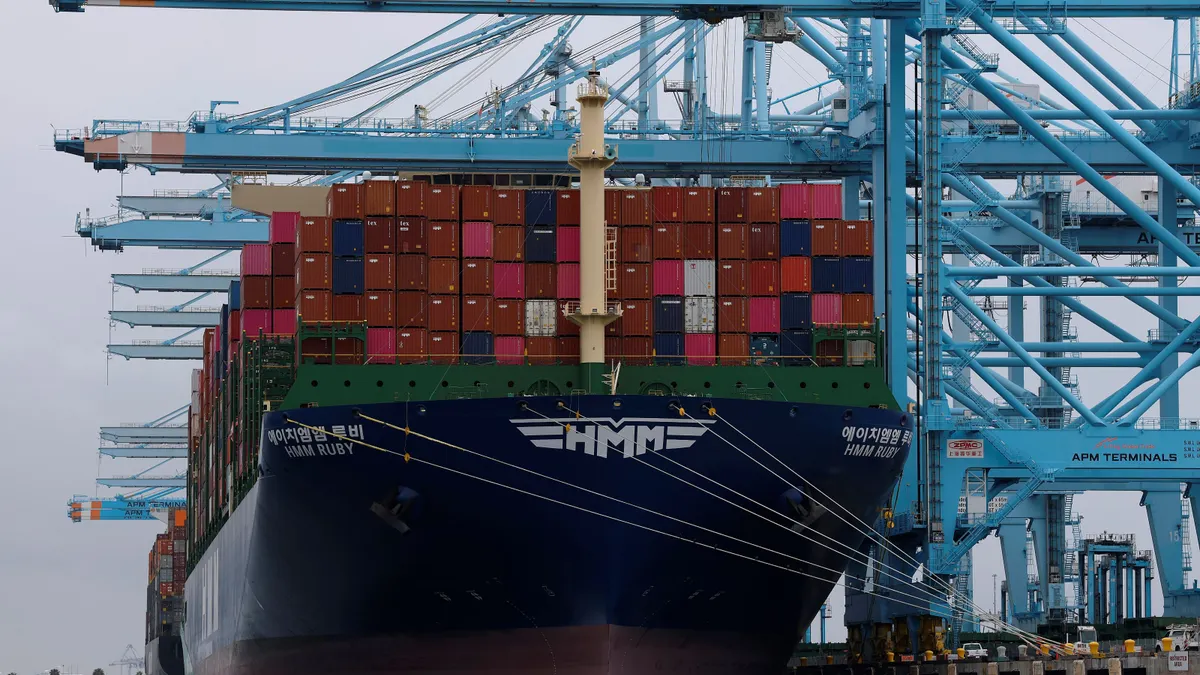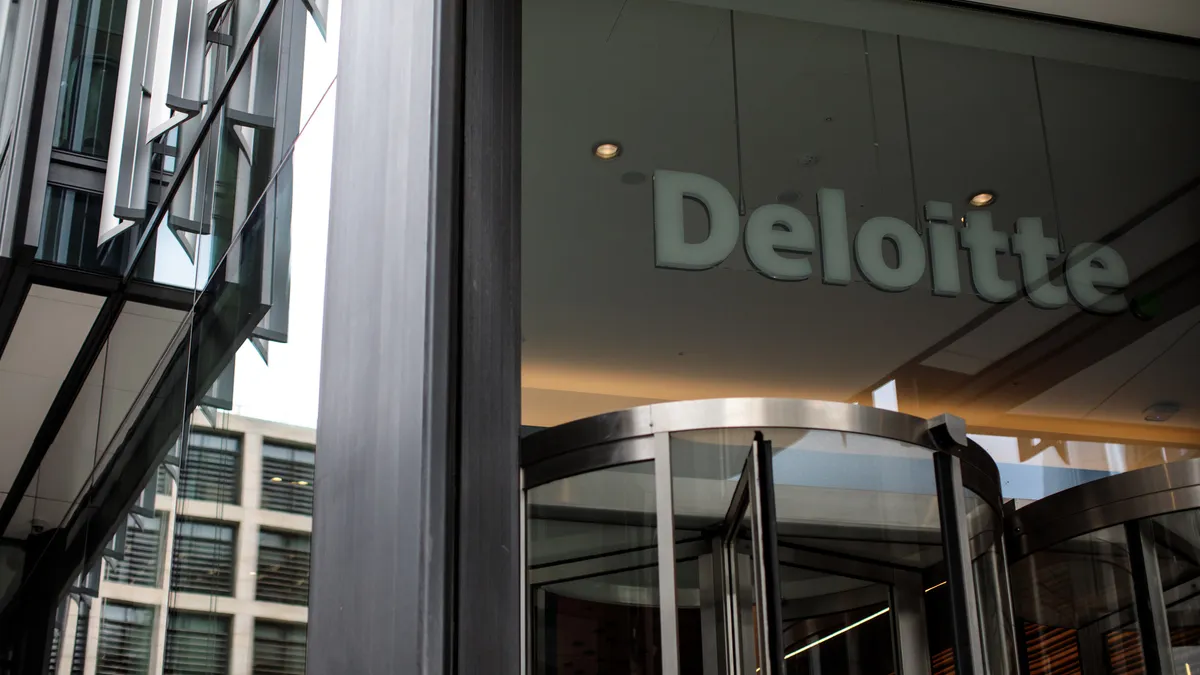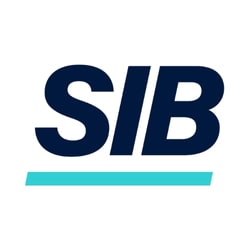Dive Brief:
- The producer price index last month rose at the fastest rate in three years, the Bureau of Labor Statistics said Thursday, as costs from the highest tariffs since the 1930s started to trickle through supply chains.
- The PPI, which measures prices charged by wholesalers, increased a higher-than-forecast 0.9% in July and 3.3% on an annual basis, the BLS reported.
- “Now, tariffs are feeding through” the supply chain from wholesalers to retailers and beyond, St. Louis Federal Reserve Bank President Alberto Musalem said. “Companies told us that it would take about three to six months to pass on the costs” from import duties, Musalem said. “We’re right around that three-month mark,” he said in a CNBC interview.
Dive Insight:
Musalem and other Fed officials confront data that challenges their congressional mandate to ensure both price stability and full employment.
The job market in recent months has weakened, with the three-month average in payroll gains slumping to 35,000 from an average of 127,000 from February through April.
Meanwhile, core inflation, excluding volatile food and energy prices, rose at a 3.1% annual rate last month after a 2.9% gain in June, with a resurgence in the cost of services including transportation and medical care fueling much of the gain, the BLS said Tuesday.
Recent data indicates that inflation persists about 1 percentage point above the Fed’s 2% long-run target, Musalem said.
“It’s going to take another two to three quarters for tariffs to play through” the data on price pressures, he said. “I expect most of the impact to fade over time, but there is a reasonable probability that there may be some persistence, and we need to get a better fix on that understanding.”
When determining monetary policy, central bankers will need to balance their need to both curb above-target inflation and head off a rise in unemployment, Musalem said.
“You have to balance the labor-market side and the inflation side of the mandate,” he said, adding that he has not decided whether the Fed should alter the main interest rate at its next policy meeting.
Traders in interest rate futures believe the central bank will err on the side of averting labor market weakness. They set 93% odds on Thursday that policymakers will trim borrowing costs by a quarter percentage point at a Sept. 16-17 meeting, according to the CME FedWatch Tool.
Atlanta Fed President Raphael Bostic said Wednesday that policymakers should take their time to assess fresh data before changing the federal funds rate.
“Some of the worst moments for Fed policy have been when the Fed has done something and then they changed their mind and went the other way, and then they changed their mind and went the other way, and then they changed their mind went the other way,” he said.
“We did that in the ‘70s,” Bostic said. “Inflation didn't go away for a long time, it stayed with us and that volatility was actually troublesome for the public.”
The health of the labor market — with the unemployment rate at an unusually low 4.2% — gives policymakers “the luxury” to take the time needed to clarify the best path forward for monetary policy, Bostic said.
“You’ve got a labor market that is quite strong, and so our maximum employment mandate is not at risk in the same way that the inflation mandate is,” he said. “I feel we have some space now.”
Correction: In a previous version of this article, Alberto Musalem was misidentified. He is the president of the St. Louis Fed.














